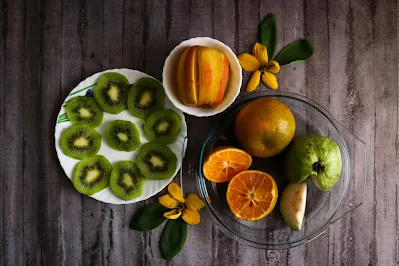Potassium plays an essential role in keeping your muscles, nerves, and heart functioning properly, but for individuals with Chronic Kidney Disease (CKD), managing potassium intake is a critical part of staying healthy. If your kidneys aren’t filtering potassium efficiently, it can build up in your blood, leading to serious complications.
Let’s dive into what potassium restrictions mean for CKD patients and how to navigate your diet without feeling restricted.
Why Potassium Management Matters in CKD
Your kidneys are responsible for maintaining the right balance of potassium in your body. When they’re working as they should, any excess potassium is filtered out and excreted through urine. In CKD, however, the kidneys struggle to do their job, causing potassium to accumulate in your bloodstream.
High potassium levels, also known as hyperkalemia, can lead to symptoms like muscle weakness, irregular heartbeat, or even heart failure in severe cases.
This makes it crucial for CKD patients to monitor their potassium intake closely.
Understanding High- and Low-Potassium Foods
When we talk about potassium restrictions, it’s all about balance—not elimination. Many healthy foods, like bananas and oranges, are naturally high in potassium. For CKD patients, choosing low-potassium alternatives is a smarter approach.
- High-potassium foods include bananas, potatoes, and avocados.
- Low-potassium options like apples, cucumbers, and white rice are better for managing your CKD diet.
Pro Tip: Cooking methods like boiling vegetables and discarding the water can reduce potassium levels significantly.
How to Create a CKD-Friendly Meal Plan
Work with a Dietitian
A dietitian can help you design a personalized meal plan that considers your CKD stage, potassium levels, and overall health goals. They can also guide you in making tasty swaps for high-potassium foods so you never feel deprived.
Monitor Portion Sizes
Even low-potassium foods can add up if eaten in large quantities. Focus on portion control to keep your potassium levels in check while enjoying a variety of foods.
Amazon Recommendations for CKD-Friendly Living
- Low-Potassium Recipe Book: Discover kidney-friendly recipes tailored for CKD patients.
- Digital Food Scale: Accurately measure portions to help control potassium intake.
- Potassium Binder Supplements: Ask your doctor about binders that can help reduce potassium absorption.
The Role of Potassium Binders in CKD Treatment
For some CKD patients, dietary restrictions may not be enough to control potassium levels. In these cases, potassium binders can be a helpful addition. These medications work by binding to potassium in your digestive system, preventing it from being absorbed into the bloodstream.
Speak to your healthcare provider about whether potassium binders are right for you.
Related content
- 6 Symptoms of Kidney Stones & Risk Factors
- How to Manage Fluid Overload in Chronic Kidney Disease (CKD)
- The Role of Phosphorus in Human Health
- Whole Grains vs. Refined Grains for CKD Patients
Potassium Restrictions Are About Balance, Not Deprivation
It’s easy to feel overwhelmed by dietary restrictions, but remember that managing potassium isn’t about cutting out everything you love. Instead, it’s about making smart, informed choices that help your kidneys work better.
By focusing on low-potassium foods, monitoring your portion sizes, and working closely with your healthcare team, you can enjoy a nutritious and satisfying diet that supports your CKD journey.
Join Our CKD Community
For more tips and support, join our Chronic Kidney Disease (CKD) WhatsApp Channel today!
For Personalized Services
Need personalized advice? Contact me at admin@healthyspell.com for tailored CKD diet plans.

0 Comments
Post a Comment
Share your views